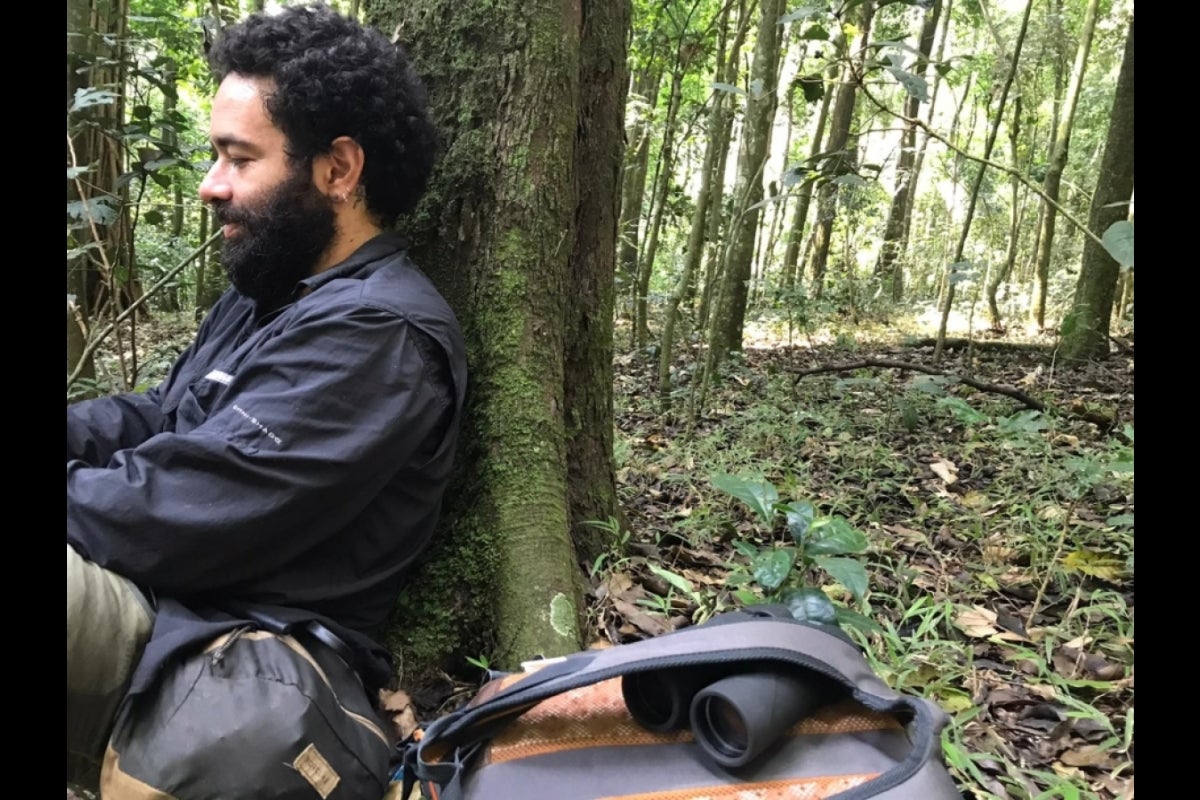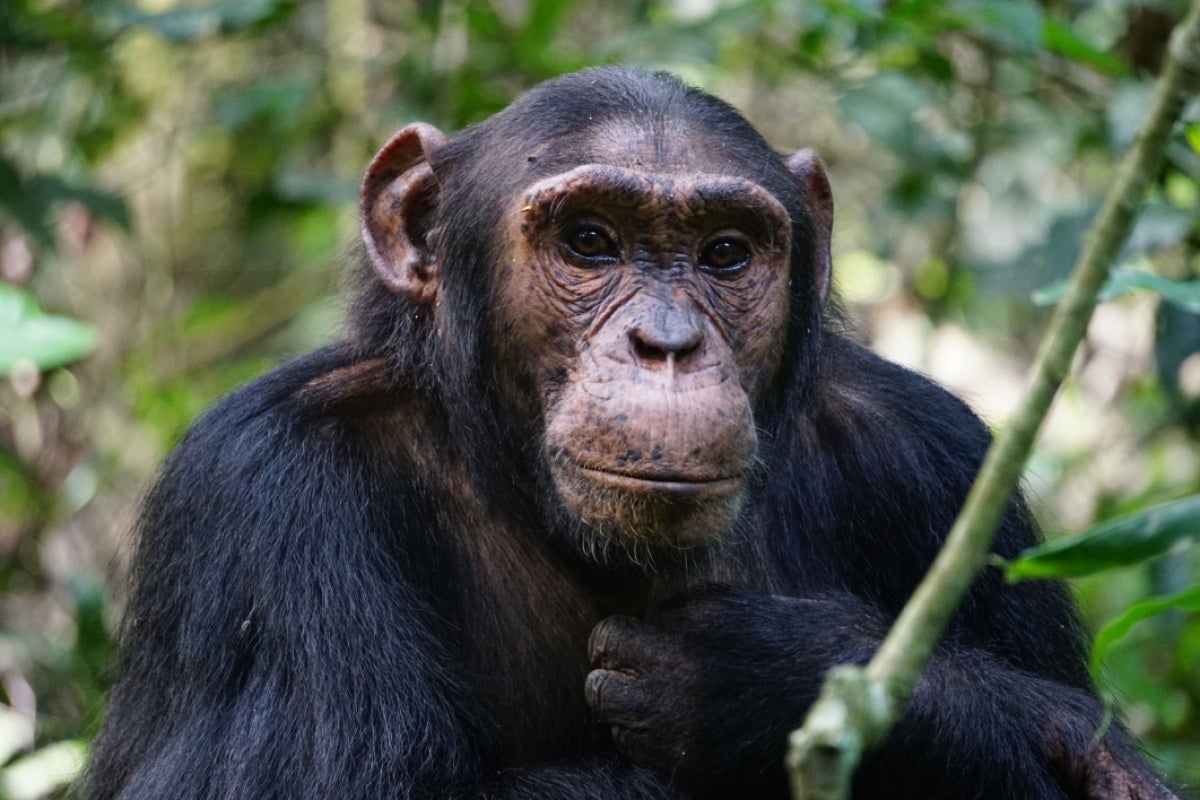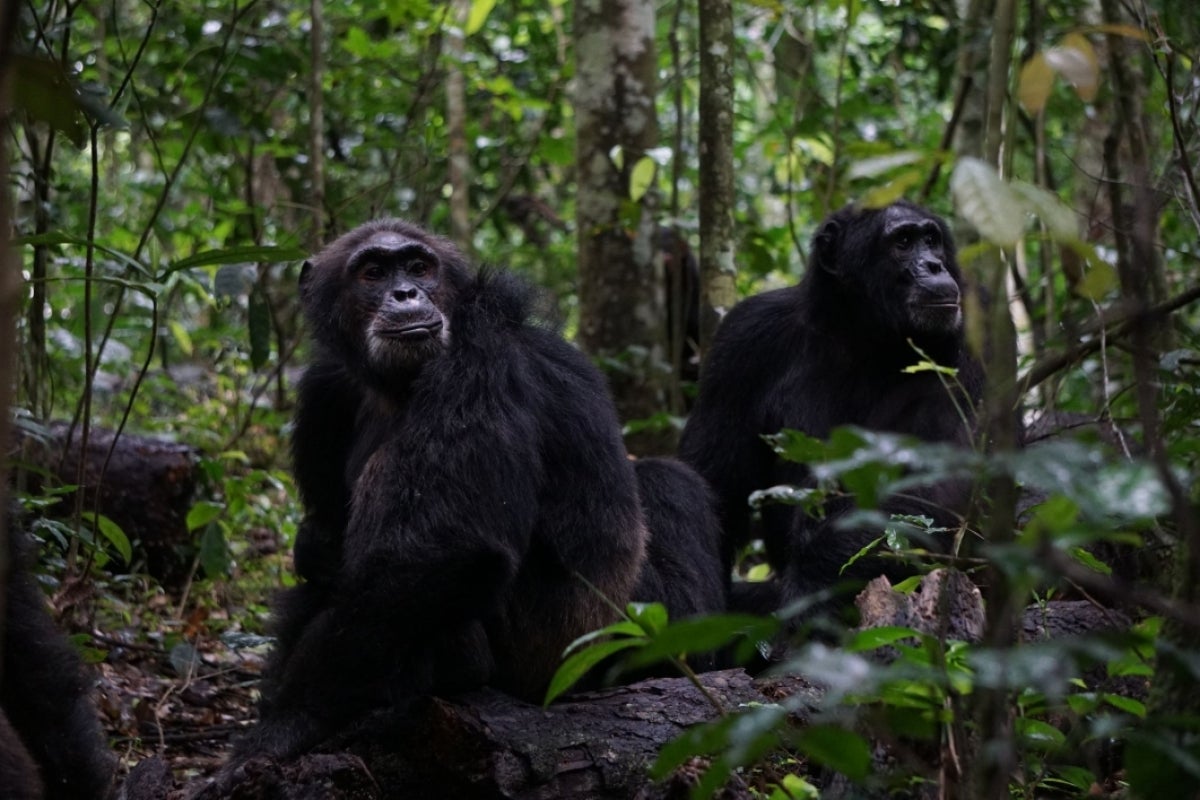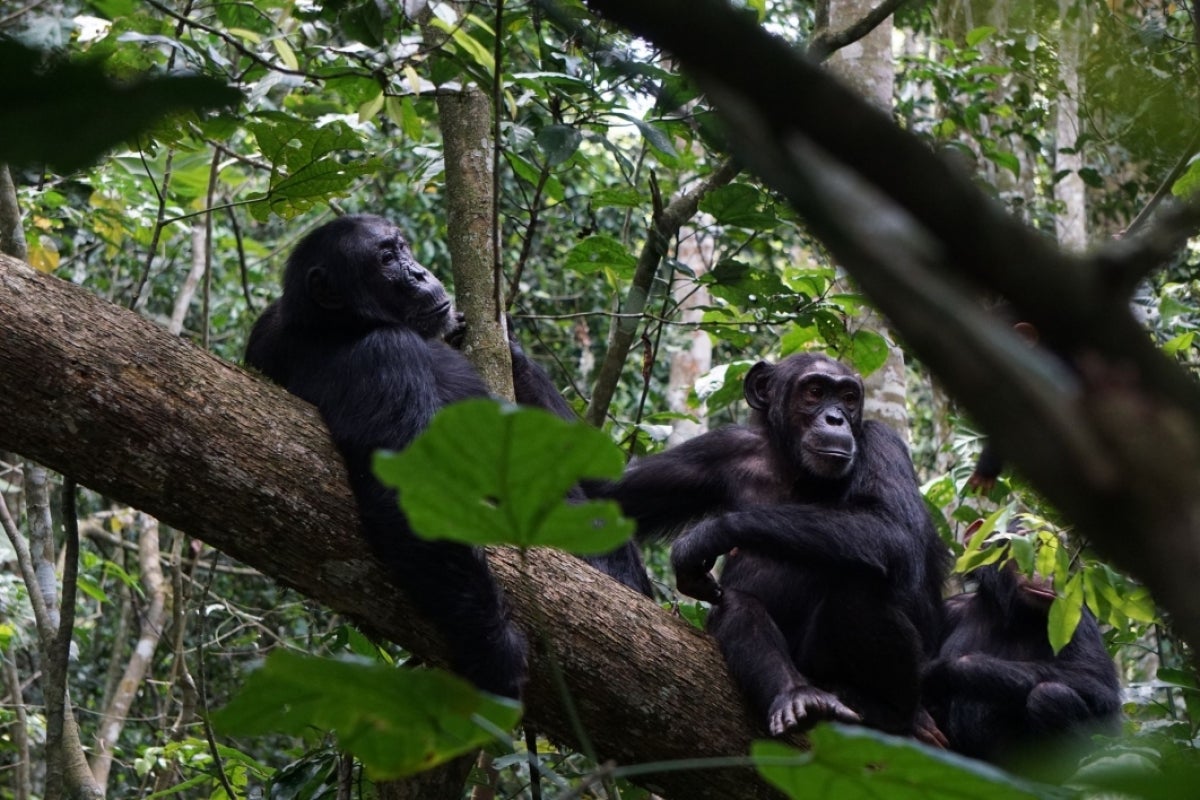ASU school mourns death of promising young scholar

Sebastían Ramírez Amaya is pictured here observing spider monkeys in Ecuador.
Looking high into the trees of jungles and forests around the world – from Ecuador to Uganda – keeping tabs and making observations of spider monkeys and chimpanzees was where Sebastían Ramírez Amaya found his calling. It is also there, in the forest of Uganda, where Ramírez Amaya died last month in a tragic accident while doing fieldwork.
“We do what they do,” said Ramírez Amaya in a 2014 interview with Al Jazeera during a research trip in Ecuador, where he was studying spider monkeys. “When they rest, we rest. When they move, we move. Our job is to observe and record behavior, beyond that, we never interfere with the animals.”
Ramírez Amaya’s interest in the evolution of primates' social and mating systems eventually brought him to Arizona State University’s School of Human Evolution and Social Change, and the Institute of Human Origins, where he began the pursuits of his PhD in evolutionary anthropology.
“Sebastían possessed a great mix of the skills that a good primatologist needs,” said Joan Silk, Regents Professor with the School of Human Evolution and Social Change, who served on Ramírez Amaya’s PhD committee. “He loved being in the field watching animals. He was also skilled at statistical methods and was able to do sophisticated analyses of the data that he collected.”
This fieldwork most recently brought Ramírez Amaya to Uganda, specifically the Kibale National Park, where he joined Kevin Langergraber, associate professor with the School of Human Evolution and Social Change and co-director of The Ngogo Chimpanzee Project, along with other researchers who gathered together to study the behavior of the Ngogo group of chimpanzees. Ramírez Amaya aimed to study social interactions that occur between males and females, but also to gather genetic data from feces to identify which males produced offspring with which females, as well as physiological data from urine to assess biological markers for different hormones.
"Everyone at Ngogo loved working with Sebastían,” Langergraber said. “His enthusiasm for fieldwork was infectious, and he was a keen observer of animals. I am sad that I won't be able to work directly with Sebastían to publish his amazing discoveries."
Ramírez Amaya was specifically interested in learning more about the social aspects of these chimpanzees and the evolutionary questions that may be answered through a deepening of this understanding.
“He was deeply committed to his research on the form and function of male-female social relationships in chimpanzees,” said Ian Gilby, associate professor in the School of Human Evolution and Social Change, who also served on Ramírez Amaya’s PhD committee. “He hoped to use his findings to understand the origins of pair-bonding in humans.”
Learning about humans through developing an understanding of non-human primates fueled Ramírez Amaya’s passion and brought him to the forest landscape that he loved.
“Besides the fact of being able to observe, learn and investigate the way chimpanzees live and behave, I would say my favorite part is the learning about the forest,” Ramírez Amaya said in a previous interview with the School of Human Evolution and Social Change. “One year is barely enough time to learn about it, but observing the different animals that live here, how it changes across and within seasons, the trees that fruit, what the chimpanzees eat, the ability of the forest to regenerate, change, the insects ... it always blows my mind.”
With a background in biology, Ramírez Amaya studied the behavior and ecology of spider monkeys in Colombia and Ecuador during his undergraduate program at Universidad de Los Andes. Ramírez Amaya then decided to pursue a graduate degree in primatology in the United States, coming to ASU because of the opportunity to work with some of the world’s leading primatologists.
“Sebastían was so excited about studying the chimpanzees in Ngogo, and it was so hard for him to wait through the long delays that COVID imposed,” Silk said. “It was so great when his grants got funded and he got permission to begin his fieldwork. I hope that the months in the field were extremely happy and productive ones for Sebastían. I am so sad that we won't have the chance to talk about his data, work though the analyses and see the results.”
A testament to the quality of his research, Ramírez Amaya was selected this year to receive the school’s Donald H. Morris Award for Outstanding Achievement in Evolutionary Anthropology.
Beyond his impactful fieldwork and talent for analyses, Ramírez Amaya was also an integral member of the school community, whose death has left an indelible mark on those who knew him and had the privilege to work alongside him.
“He made everyone around him feel seen and heard,” Gilby said. “Most importantly, he was simply a great human.”
The family has requested that those interested in honoring Ramírez Amaya make a donation in support of The Ngogo Chimpanzee Project to help continue the important work of Ramírez Amaya and his colleagues.
More Arts, humanities and education

Award-winning playwright shares her scriptwriting process with ASU students
Actions speak louder than words. That’s why award-winning playwright Y York is workshopping her latest play, "Becoming…

Exceeding great expectations in downtown Mesa
Anyone visiting downtown Mesa over the past couple of years has a lot to rave about: The bevy of restaurants, unique local shops…

Upcoming exhibition brings experimental art and more to the West Valley campus
Ask Tra Bouscaren how he got into art and his answer is simple.“Art saved my life when I was 19,” he says. “I was in a…





